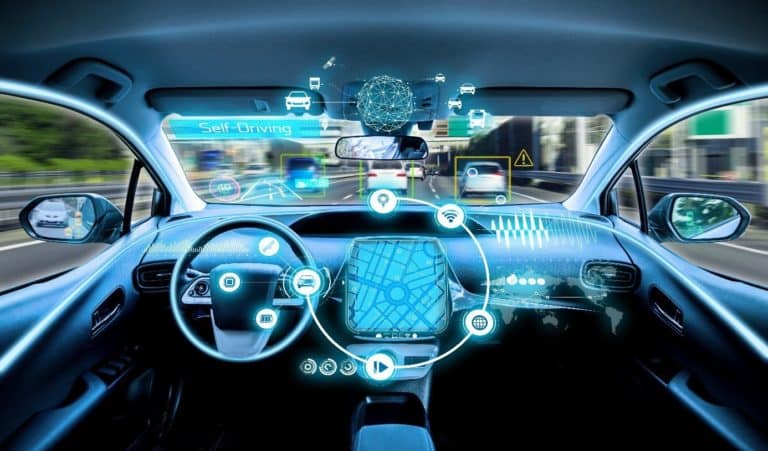There are many growth markets when it comes to chips. One of them is that of cars and other vehicles. They are getting smarter and smarter, which means that there is an increasing demand for chips to process all incoming data. Self-propelled cars bring in different data streams, all of which need to be managed. This requires advanced chips.
ARM is now responding to this with the announcement of the ARM Cortex-A65AE chip. This will be available from 2020 and is the latest addition to the Automotive Enhanced chip portfolio. The idea of the new chip is that it helps to manage and process different data streams. This is the only way for self-propelled vehicles to navigate the road safely.
Multiple cores at once
To make this possible, the Cortex-A65AE uses ARM’s Split-Lock technology. This adds a multithreading capability and makes it possible to split workloads between the different processor cores on the chip. So if the maximum speed is needed, the data can be divided over several processor cores, which allows the data to be processed faster.
Alternatively, safety can sometimes also be a concern. In this situation, it is useful to be able to split the data processing with which the different cores can, as it were, control each other’s work. In this way, the chance of errors is minimal. The Cortex A65AE is therefore mainly focused on these two things: fast processing of data streams and their safe processing.
Safety first
ARM argues that the Cortex-A65AE can help autos manage the large amount of sensors needed to run them autonomously. A lot of sensors are needed to collect the data needed to do this. Think of cameras, LiDAR and radar. It has to be, in order for the vehicles to drive on the road as safely as possible.
However, it is also important that the vehicles in which people still drive are also made safer. For this reason, the Cortex-A65AE has the ability to monitor human drivers. For example, the chip can process data from cameras that monitor eyelids to check whether someone is falling asleep. Data from sensors that monitor the body temperature and movements of the driver, for example, can also be processed quickly.
This news article was automatically translated from Dutch to give Techzine.eu a head start. All news articles after September 1, 2019 are written in native English and NOT translated. All our background stories are written in native English as well. For more information read our launch article.